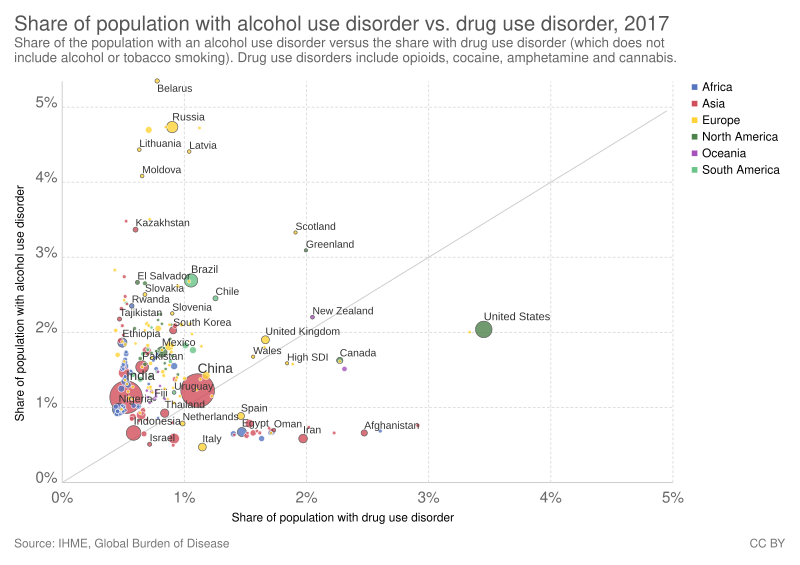Substance Use Disorders Linked to Increased Hospital Readmission Rates

Research conducted by the University of California, Los Angeles (UCLA) reveals that individuals with substance use disorders (SUDs) face a significantly elevated risk of unplanned hospital readmissions within 30 days of discharge. The study, published in the peer-reviewed journal Addiction on July 23, 2025, indicates that patients with any form of SUD are 24% more likely to be readmitted compared to those without such disorders. The findings highlight a critical public health issue, particularly as they pertain to the management of patients with opioid use disorder (OUD), who exhibited the highest readmission rates at nearly 40%.
The research analyzed data from approximately 22,100 patients admitted to two urban academic medical centers in 2022. Notably, 7.4% of these patients were identified as having at least one SUD at their initial admission, with 4% diagnosed with alcohol use disorder (AUD) and 2.4% with OUD. The researchers emphasized that the increased risk of readmission was particularly pronounced among those discharged to homes lacking adequate post-acute care support. Steven Shoptaw, director of the Center for Behavioral and Addiction Medicine at UCLA and a co-author of the study, pointed out that the absence of essential social supports such as stable housing, nutritious food, and employment can hinder post-discharge recovery.
The implications of these findings are profound. Unplanned readmissions not only contribute to increased healthcare costs but also exacerbate health risks for patients, including heightened chances of hospital-acquired infections and falls. Allison Rosen, the study's lead author and a research epidemiologist at UCLA, advocates for the implementation of evidence-based practices in hospitals, such as initiating medication-assisted treatment during hospitalization and ensuring efficient transitions to outpatient care.
Previous studies have established connections between specific SUDs and readmission rates, particularly with AUD; however, this research extends the conversation by illustrating the complexities surrounding OUD. The researchers noted that the high readmission rates for OUD patients could be linked to the treatment of comorbidities associated with opioid use, including non-fatal overdoses and infections.
While the study presents valuable insights, it also acknowledges limitations, including potential misclassification of SUDs and the exclusion of certain variables such as housing status, which could affect generalizability. Moreover, the researchers did not capture post-discharge mortality or account for readmissions to other hospitals, which may skew the data.
The study's findings propose a pathway toward improving care for patients with SUDs by tailoring discharge plans to their specific needs. By addressing the social determinants of health and ensuring continuity of care, healthcare providers can potentially mitigate the risks of unplanned readmissions. This research underscores the urgent need for systematic changes in how patients with substance use disorders are managed during and after hospitalization, paving the way for improved patient outcomes and reduced healthcare costs.
Advertisement
Tags
Advertisement





